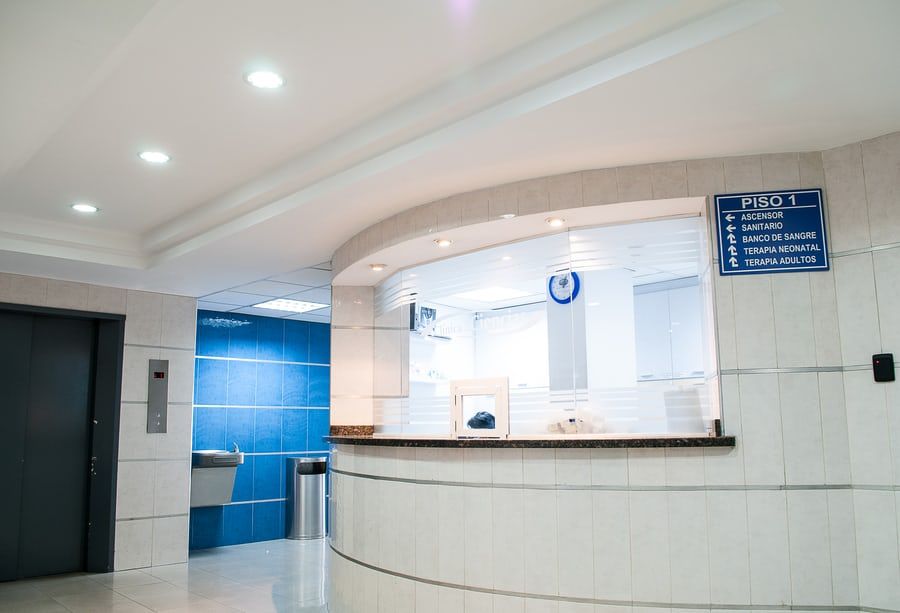Identifying Employee COVID-19 Risk Factors With Contact Tracing
Communal gathering areas were found to be a major source of exposure.

Since the beginning of the COVID-19 pandemic, one of the most at-risk populations for contracting the virus has been healthcare workers. This group of individuals could be potentially exposed everyday through work and close contact with patients.
One of the most important ways to contain and reduce the spread of COVID-19 is contact tracing. This method aids in identifying potential cases so that quarantine measures can be implemented and surveillance data can improve.
Recently, investigators from Florida International University, in collaboration with the University of Miami, used contact tracing to identify employee risk factors in a large healthcare system in Florida.
The data was presented at the 2021 Association for Professionals in Infection Control and Epidemiology conference virtual sessions.
For the study, the team of investigators employed contact tracing in four hospitals between July and September of 2020. To be included in the analysis, participants must have tested positive and have been successfully interviewed by Infection Prevention and Control department staff.
Risk factors that were included were employee role, direct extended contact with patients and other employees, PPE usage, meal break behavior and location and manner of commuting.
Results from the study showed that of the 220 employees who tested positive, 84 were nursing staff, 68 were non-nurse clinical staff and 68 were non-clinical staff. 159 of the participants reported extended contact with patients and 205 had contact with other staff.
Additionally, 101 employees reported eating lunch in the lounge or break room, 1 reported not wearing PPE around other employees and 85 and 98 employees reported working in a shared office or floor unit with no set office.
“Results suggest an association between infections among staff and risk factors such as work environment type, close person-to-person contact and break location,” the authors wrote. “Hospitals should continue to enforce PPE use and limit the number of employees in small break rooms.”
